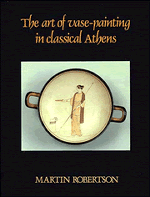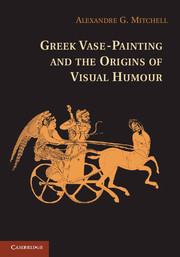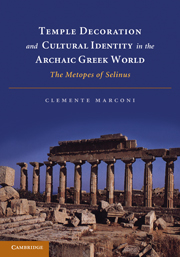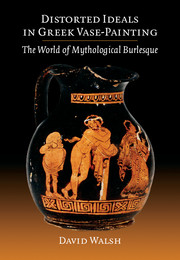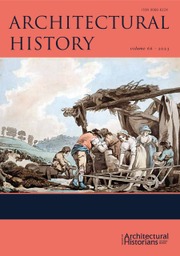Vase Painting, Gender, and Social Identity in Archaic Athens
NZD$83.95 inc GST
- Author: Mark D. Stansbury-O'Donnell, University of St Thomas, Minnesota
- Date Published: May 2013
- availability: Available
- format: Paperback
- isbn: 9781107662803
NZD$
83.95
inc GST
Paperback
Other available formats:
Hardback
Looking for an inspection copy?
Please email [email protected] to enquire about an inspection copy of this book
-
Spectators at the sides of narrative vase paintings have long been at the margins of scholarship, but a study of their appearance shows that they provide a model for the ancient viewing experience. They also reflect social and gender roles in archaic Athens. This study explores the phenomenon of spectators through a database built from a census of the Corpus Vasorum Antiquorum, which reveals that the figures flourished in Athenian vase painting during the last two-thirds of the sixth century BCE. Using models developed from psychoanalysis and the theory of the gaze, ritual studies, and gender studies, Stansbury-O'Donnell shows how these 'spectators' emerge as models for social and gender identification in the archaic city, encoding in their gestures and behavior archaic attitudes about gender and status.
Read more- Looks at figures on the margins of pictures as models for the viewing experience
- Uses data to define the qualities and parameters for the appearance of spectators
- Develops interpretations based on theories developed in psychoanalysis, ritual studies, and gender studies
Reviews & endorsements
'This book will stimulate graduate students and scholars interested in the viewing and reading not just of Athenian pottery but of the ancient visual arts in general. While the author notes that his work is only the beginning, he addresses figures that often have been neglected, thus demonstrating the possibility that they have something to tell us about the ancient world. In short, Stansbury-O'Donnell has given us new and vital directions to explore in the study of decorated pottery.' American Journal of Archaeology
See more reviews'This study makes important progress in the discussion of the meaning of spectators in images on Athenian vases … Most important, the results here invite subsequent work and provide a clear basis for it.' Bryn Mawr Classical Review
'Stansbury-O'Donnell's investigation is both thorough and carefully presented … His careful methodology is exemplary, and his study shows a way forward for our understanding of the unsung figures in Attic art.' The Journal of Hellenic Studies
Customer reviews
Not yet reviewed
Be the first to review
Review was not posted due to profanity
×Product details
- Date Published: May 2013
- format: Paperback
- isbn: 9781107662803
- length: 327 pages
- dimensions: 253 x 177 x 15 mm
- weight: 0.79kg
- contains: 95 b/w illus. 58 tables
- availability: Available
Table of Contents
1. Seeing spectators
2. Defining spectators
3. Vision and the construction of identity
4. Ritual performance, spectators, and identity
5. Men and youths: gender and social identity
6. Women as spectators: gender and social identity.
Sorry, this resource is locked
Please register or sign in to request access. If you are having problems accessing these resources please email [email protected]
Register Sign in» Proceed
You are now leaving the Cambridge University Press website. Your eBook purchase and download will be completed by our partner www.ebooks.com. Please see the permission section of the www.ebooks.com catalogue page for details of the print & copy limits on our eBooks.
Continue ×Are you sure you want to delete your account?
This cannot be undone.
Thank you for your feedback which will help us improve our service.
If you requested a response, we will make sure to get back to you shortly.
×

